What is this dermatological condition called Keratosis Pilaris?
Keratosis Pilaris is a common skin condition diagnosed in approximately 40% of the population. So if you or your child have KP, you are certainly not alone!
It is characterized by tiny bumps on the skin, usually found on the outer areas of the upper arms, thighs, and cheeks (often referred to as “chicken skin”).
The bumps give a sandpaper-like texture to the skin in these areas.
It commonly presents itself as flesh-colored to slightly red, rough little bumps.
It may occasionally become itchy, but can be managed with proper treatment.
To learn more about KP and caring for your child’s skin, be sure to subscribe today!
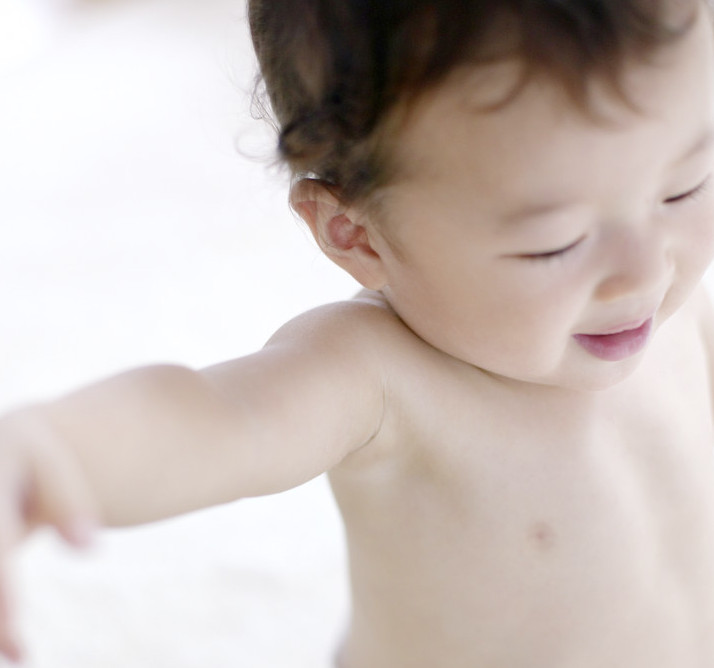
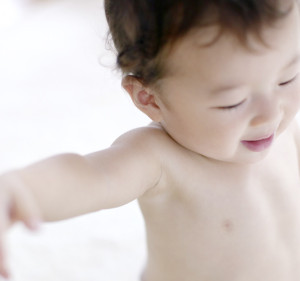
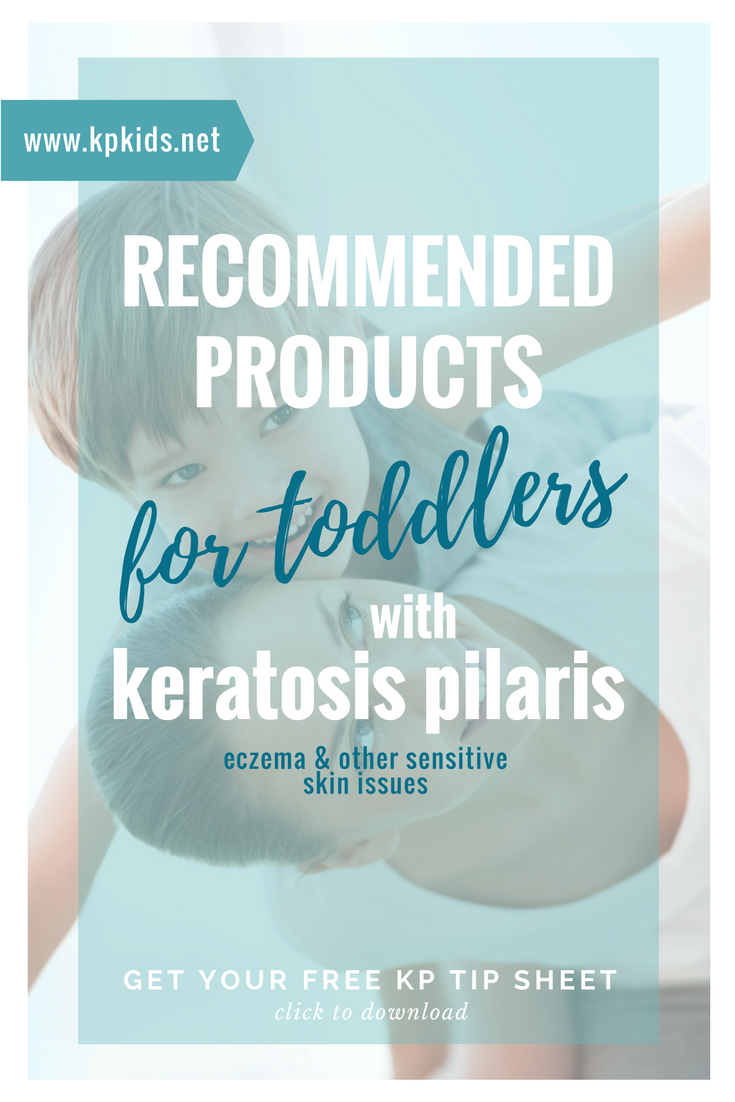
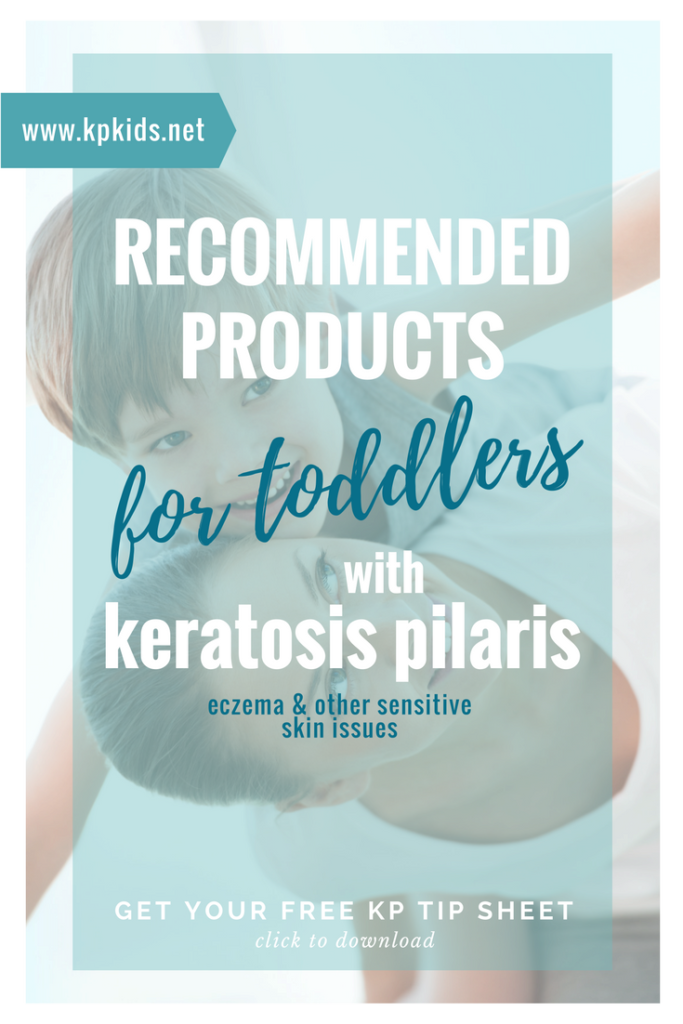
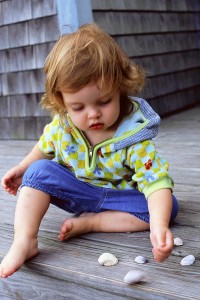 Start a daily routine.
Start a daily routine.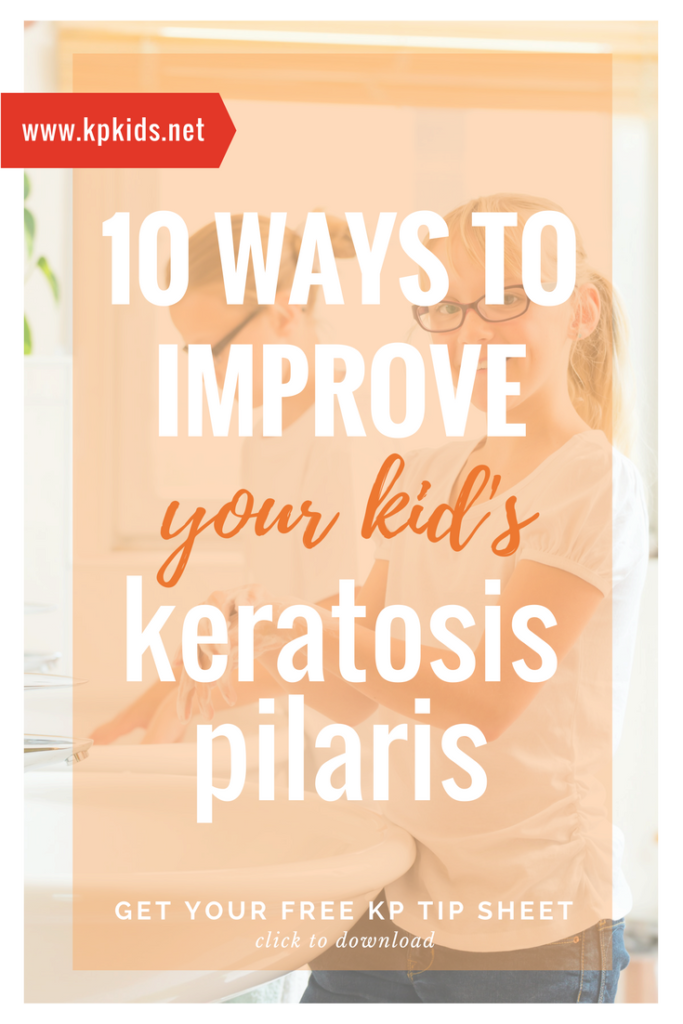
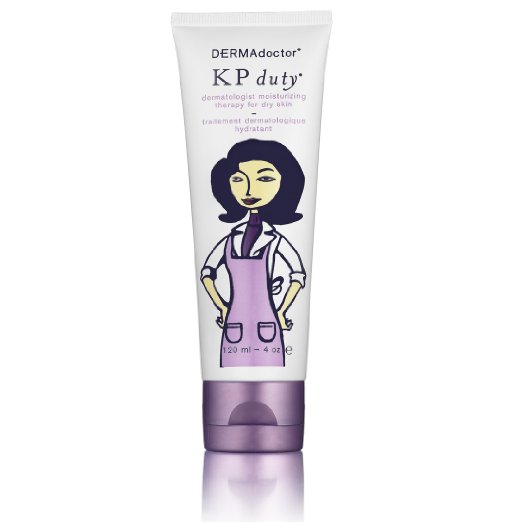
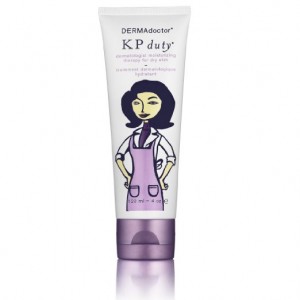



 It is characterized by tiny bumps on the skin, usually found on the outer areas of the upper arms, thighs, cheeks and sometimes the face (often referred to as “chicken skin”).
It is characterized by tiny bumps on the skin, usually found on the outer areas of the upper arms, thighs, cheeks and sometimes the face (often referred to as “chicken skin”).
